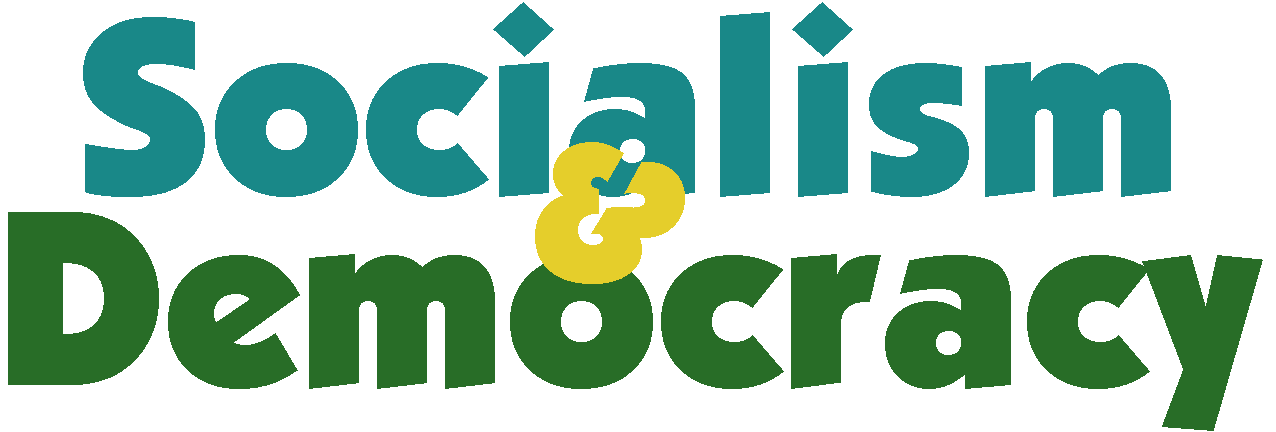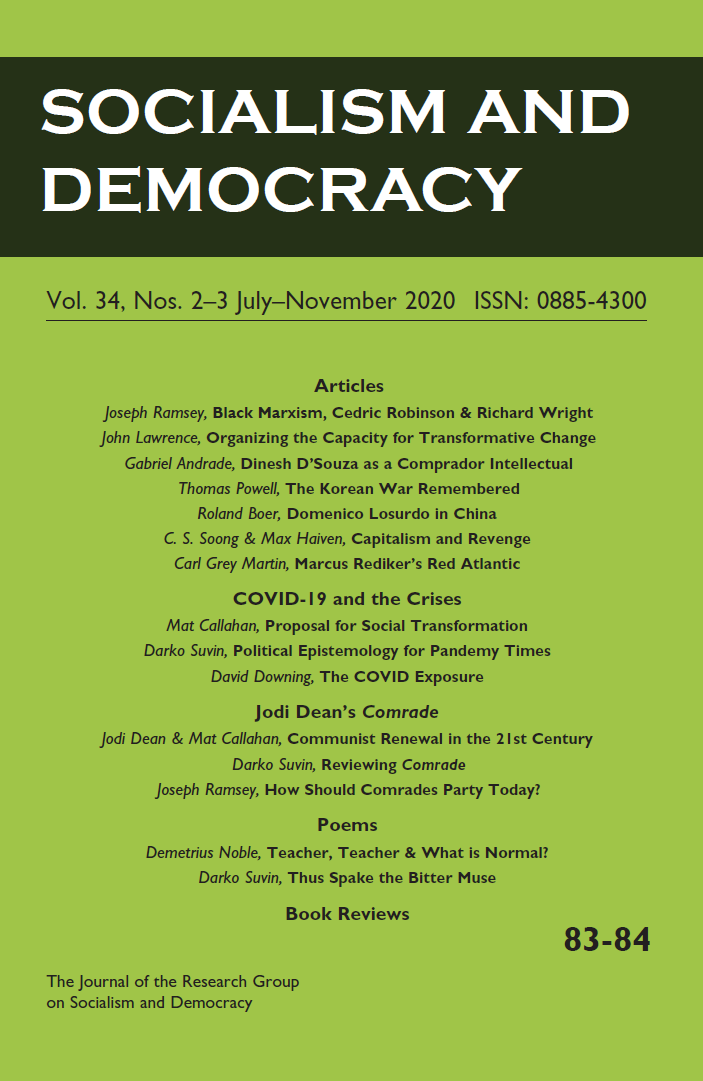Kanishka Chowdhury, Human Rights Discourse in the Post-9/11 Age. (London: Palgrave Macmillan, 2019), 235 pages, $84.99.
In the current moment of capitalist crisis, rising neo-fascism, unending war, climate catastrophe, border imperialism, labor super-exploitation, and global political uncertainty, we might all agree that the question of human rights should dominate models for social justice against both lingering and new forms of violence, as well as form the basis for a more just, collective future. Indeed, since its inception in 1948, human rights discourse has become the basis for exposing and resolving the varying forms of collective violence that emerge in the wake of regional conflict, legacies of ethnic or religious cleansing, and state-based oppression. And yet, why has rights discourse gained ascendency in this global moment, operating as an influential way of naming a disparate set of “victims?” Who are the dominant voices calling for rights and what ostensible ends are these rights attempting to fulfill?
These distinctive questions are emphasized in Kanishka Chowdhury’s Human Rights Discourse, a work that intervenes in our moment of political instability and crisis by highlighting both the problems and discursive gaps of “rights talk.” Chowdhury’s originality in the academic debate about human rights lies in the following statement: “As value extraction is a key feature of wealth accumulation, rights talk often works to support such accumulation, performing a contradictory task of pointing to injustices while implying that these injustices can be eradicated without transformations in the existing system” (7-8). Consequently, “rights talk” often ends up reinforcing and reaffirming the hegemony of capitalist globalization and the neoliberal ideologies that underlie its evocation.
Chowdhury begins with an analysis of the “language of human rights” or “rights talk” as it arose in the post-World War II era. He then discusses how the 1948 Declaration was shaped as a beacon to define the language of rights in the wake of the horrors of World War II, yet also how it “selectively silenced and emphasized what constituted acts of rights abuse” (18). Here Chowdhury highlights the selectivity of rights language on questions of imperialist violence, which is expediently overlooked by the framers of the Declaration, and the overarching hegemonic Western gaze that configures human rights discursivity overall: namely, the Cold War ideology inscribed into the document’s language, no doubt, impelled by the anti-communist geopolitics of the US.
This historical context is broadened in an analysis of the turbulent 1990’s, when the post-Soviet era and rising globalization ushered in new forms of rights talk. Chowdhury rightly points out that the “relative ineffectiveness” of the swath of declarations on human rights abuses in this period (the ethnic cleansing in Yugoslavia and the Rwanda genocide being the most notable examples) is paralleled by the lack of attention to system abuses in the wake of IMF-driven structural adjustments that re-enslaved former colonies to debt peonage. He ends with a view into the post-9/11 period in which we find that the “universal antidote” of human rights discourse becomes “delinked” from its material foundations and the engagement with “the fast capitalism of intensified financialization and flexible accumulation” (37). The emphasis on individual agency and empowerment in current formations of rights talk leaves us with what Chowdhury calls a “depoliticized notion of rights” that ignores the predominance of capitalist exploitation of workers in the global South, a point which is elaborated in detail in what follows.
Chowdhury extends the examination of labor exploitation in several crucial ways. He begins with an insightful analysis of the distinctions between “oppression” and “exploitation” in the context of the abusive labor practices in the global South, citing the collapse at the Rana Plaza in Bangladesh as the prime example. Chowdhury argues that rights talk has effectively blurred the lines between “oppression” and “exploitation,” thus obscuring the distinctive elements of how capital extracts surplus value on a global scale. As the author argues, “If the focus is on oppressive practices… it is easier to consign the problem in Bangladesh to the realm of rights and justice rather than attribute it to the actual structural social relations that ensure the continuing long-term subjection of the workers” (70). This “deflection” of capitalist exploitation in the language of rights guarantees “the continuation of the appropriation of wealth from one class to another” by utilizing the “discourse of oppression” as a means to sanctify reformist strategies like labor regulation rather than seeing the roots of the problem in super-exploitive practices embedded in capitalist globalization (70). He goes on to analyze Marx’s labor theory of value as the context for establishing what the author calls the “ontological injustices” encased in the capitalist valorization of value, thus drawing attention to the limits of the discourse of oppression, and to broaden rights talk “to negotiate the continually unstable narrative of global capital” (91-92).
Building upon his analysis of the diffusive character of the discourses of oppression, Chowdhury analyzes the context of gender rights and the language of “empowerment” to reveal how such narratives are utilized to circumvent radical alternatives to capitalist modernity. The focus here is on how neoliberalism has hijacked and reconfigured agency and empowerment via rampant “NGO-ization” and transnational bodies like the Gates Foundation, which has a foothold in the global South. Chowdhury contends that “Empowerment polices, in this context, seem more intended to create certain kinds of subjects rather than to transform the social relations that subjugate women” (117). This is achieved through the use of the micro-credit schemes and other policies backed by the World Bank that intend to “liberate” the “third-world women,” yet only by rooting this newly-formed subjectivity to the “emancipatory ideology of the commodity” (116). Chowdhury’s following discussion of the Indian NGO Nirantar is thus meant to show the potential for moving beyond neoliberal models of empowerment, which fetishizes “sovereign individuality” in relation to women in the global South, yet which is also fraught with contradictions of how to negotiate beyond the limits of reformist strategies in order to address the structural tendencies of gender-based violence.
Chowdhury then turns to the use of cultural production to analyze how human rights has been framed in both imaginary and documentary terms. He analyzes the 2007 novel Animal’s People by Indra Sinha, which uses the 1984 Bhopal gas leak as a means to explore both the complicity of the Indian state in covering up massive human rights abuse, but also as a way to show how the literary form can be utilized as a vehicle for speaking on behalf of collective victimization at the hands of transnational capital. As Chowdhury rightly points out, the novel provides “a historical continuum” that enables us to contextualize the “limits and possibilities” of the ongoing “transnational struggle for rights” for disenfranchised and powerless people affected by “toxic” capitalism, citing the oil region of the Niger Delta and the indigenous populations of the Amazon as examples of this injustice. While the impact of the novel enables us to grasp the language of justice, Chowdhury also emphasizes that Animal’s People leaves us with an ambiguous notion of how to move beyond the recognition of oppression that the novel clearly outlines.
Chowdhury’s interrogation of the use of culture as a medium for disclosing the dialectics of rights talk leads us to an analysis of the refugee question, using two non-fiction visual texts as the basis for analyzing the dynamics of the current global crisis: Óscar Martínez’s documentary The Beast and Gianfranco Rossi’s Fuocoammare, which is a work of investigative journalism. While both works use the documentary form to draw attention to the horrors of the migrant experience in Central American/Mexico and the Mediterranean respectively, neither work examines the root causes of the migrant crisis, nor how capital necessitates the creation of surplus labor as a central feature of its globalizing capability and reproduction. Chowdhury’s intervention here tries to push beyond the narrativization of migrant immiseration, which is limited in terms of framing an adequate language of rights, to the ways “refugees are tied to capital’s inexorable need for a surplus army and the necessity of exploitation” (196). Again, Chowdhury’s interest here is to utilize such attempts at exposing the brutal conditions related to the migrant crisis in order to develop “a new language that can pry open the doors that remain steadfastly shut against any radical intervention to unsettle the existing paradigm of rights” (227). On this, Chowdhury’s work is an exemplar of the ways critical analysis can do so.
What we can conclude from Chowdhury’s outstanding work is that human rights discourse contains within it a dangerous and fundamentally “anti-utopian impulse,” one that minimizes the importance of any collective effort to improve the conditions of dispossessed communities. And yet, by exposing the falsities inscribed in contemporary rights talk, Chowdhury does not intend to dismiss the potential for human rights as obsolete; rather, his intention is to question whether the discourse of oppression and victimization have blunted the need for radical collective struggle, particularly in the current phase of capitalist crisis. With that in mind, Chowdhury’s work courageously speaks to the possibility of a radicalized language of “the human” by offering a re-envisioned context for fortifying the collective and inevitable struggle against capital’s continued misery on a mass scale.
John Maerhofer
Rutgers University
jmaerhofer@gmail.com

